All the birds who were in the flight pen last week are out…and in…and out again…They’ve discovered how to return whenever they please, and it pleases about half of them to hang out in the flight pen most of the day, with the great crested flycatchers and the mockers, who are now awaiting their turn at freedom. It won’t be long; the flycatchers are getting antsy and snapping at flying insects, which is a good sign! The flycatchers are just adorable birds, with their loud, emphatic “WHEEP!” and their cheerful little personalities.
Brown thrashers, catbirds and mockingbirds are in the same family, but thrashers don’t really resemble their smaller cousins to me. Besides being slightly larger, their beaks are longer, and as adults, they have striking yellow eyes. That long beak is used to thrash around in the underbrush in search of insects, hence the name. The brown thrasher is Georgia’s state bird, which means I have a bit of a soft spot for them, too…Yeah, yeah, I know—I say that about nearly every bird I rehab!
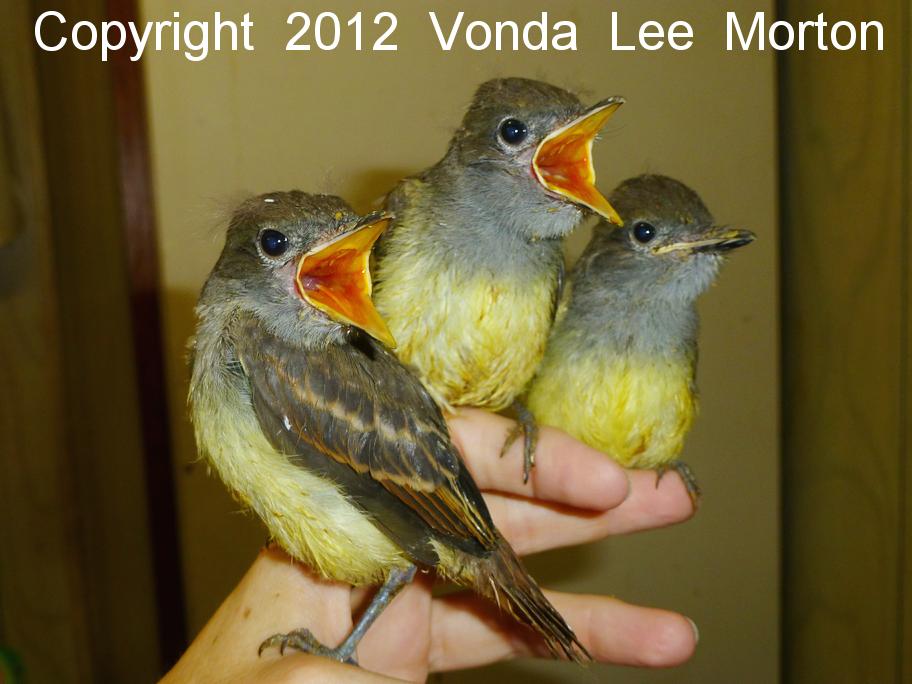
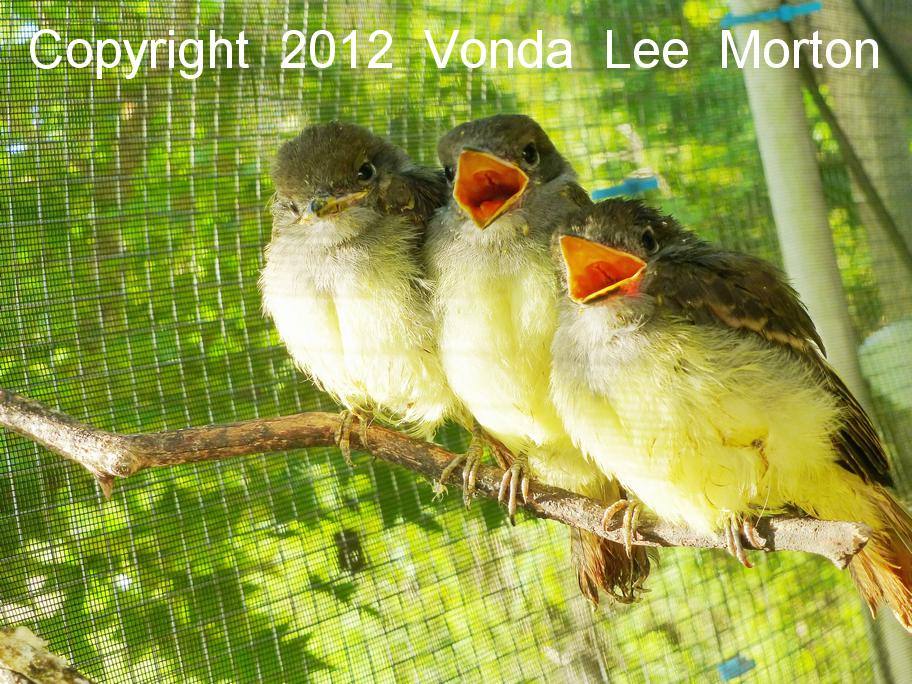
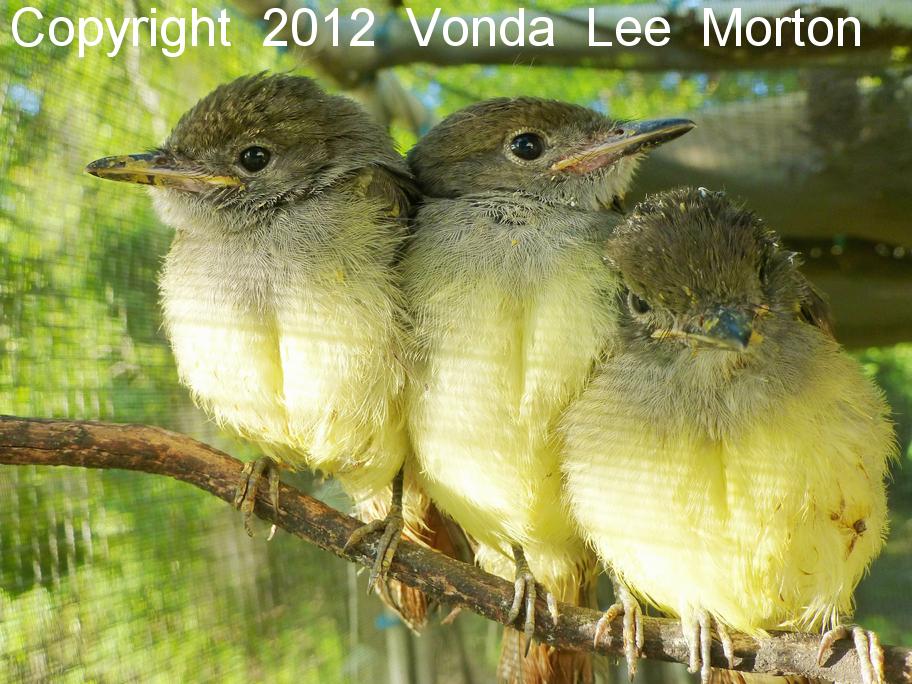
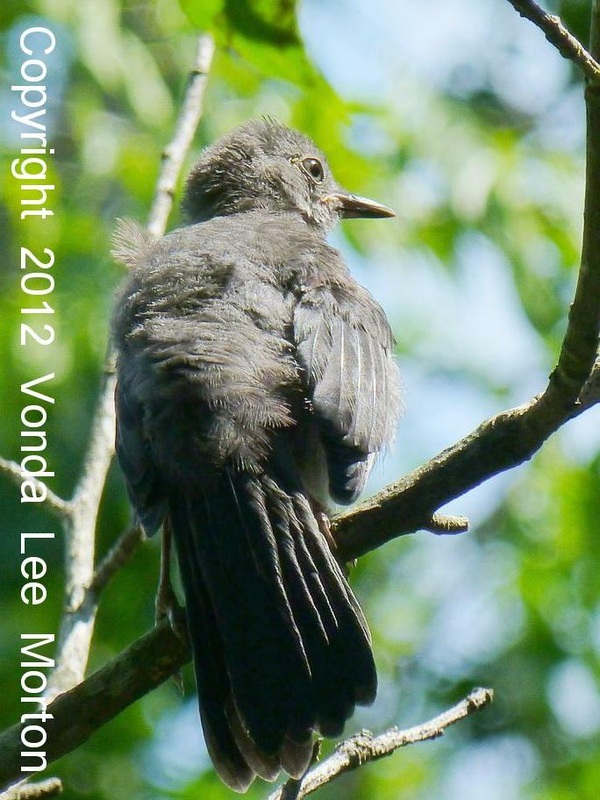
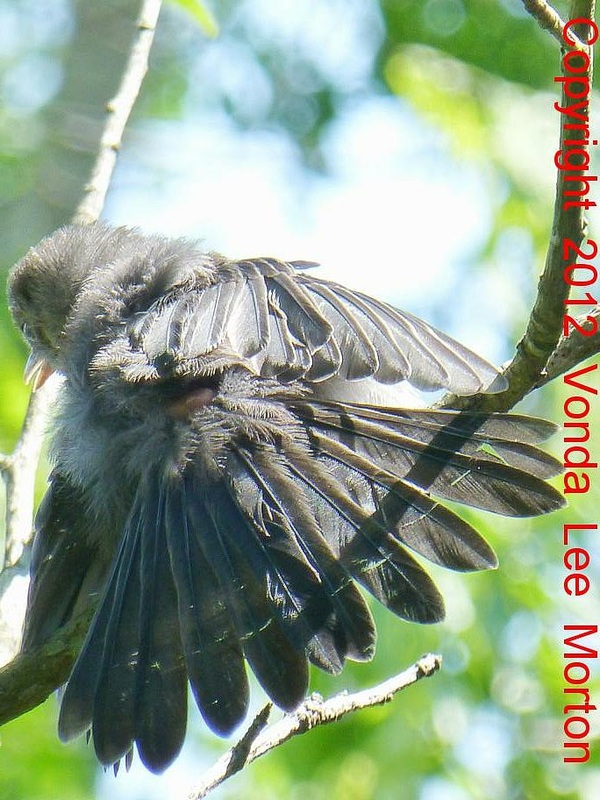
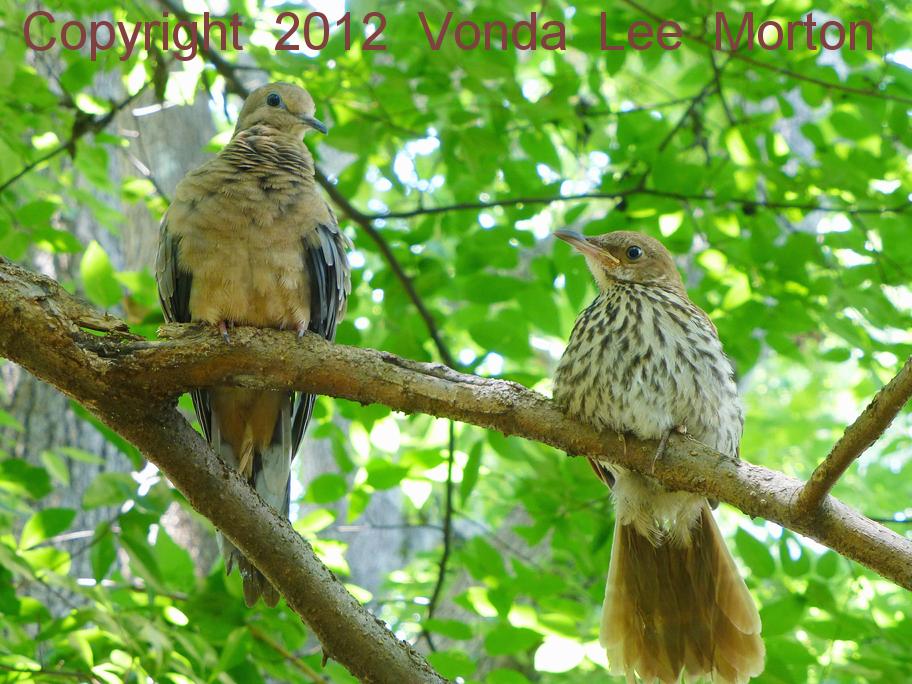

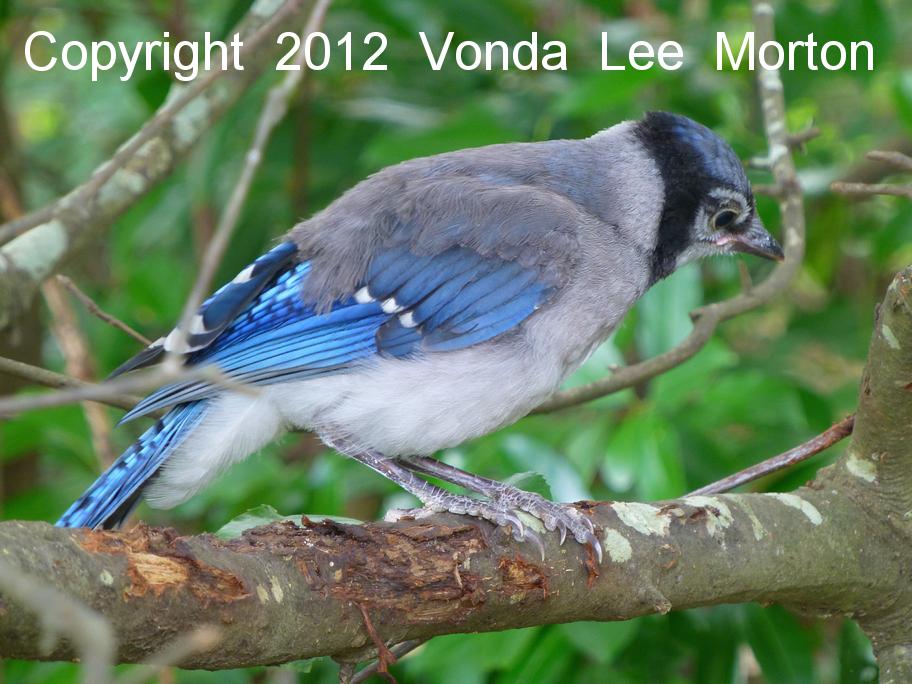
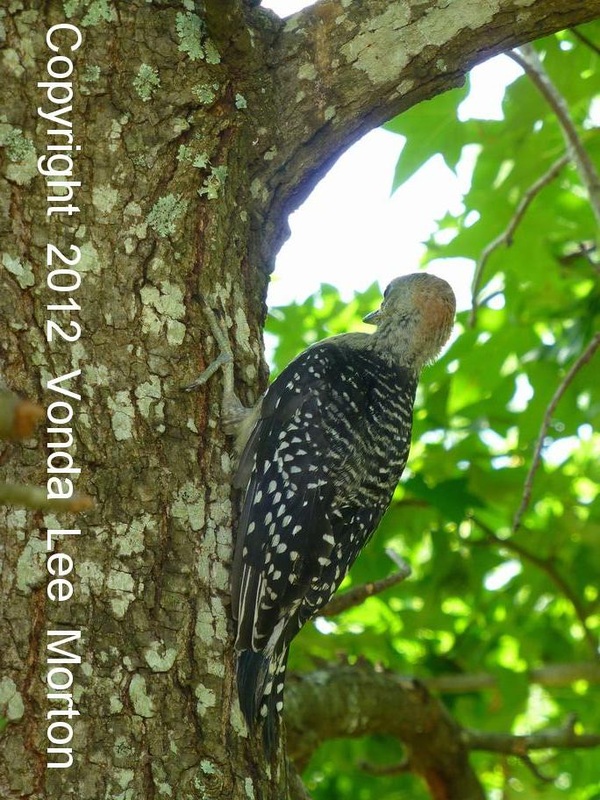
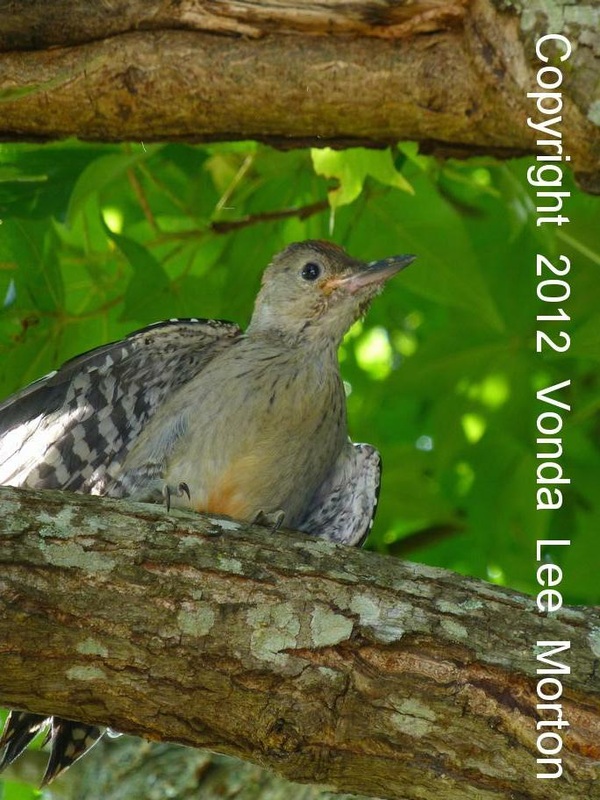
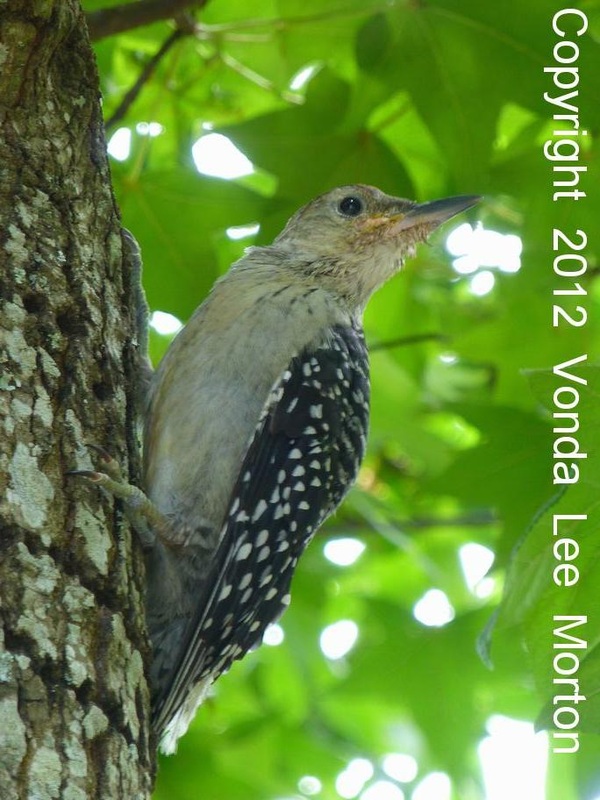
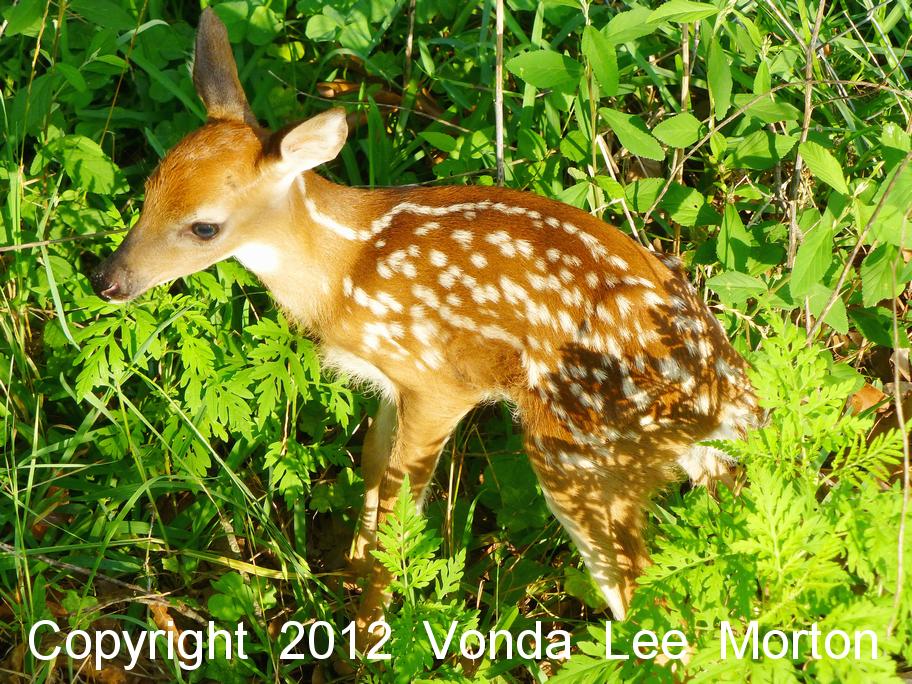
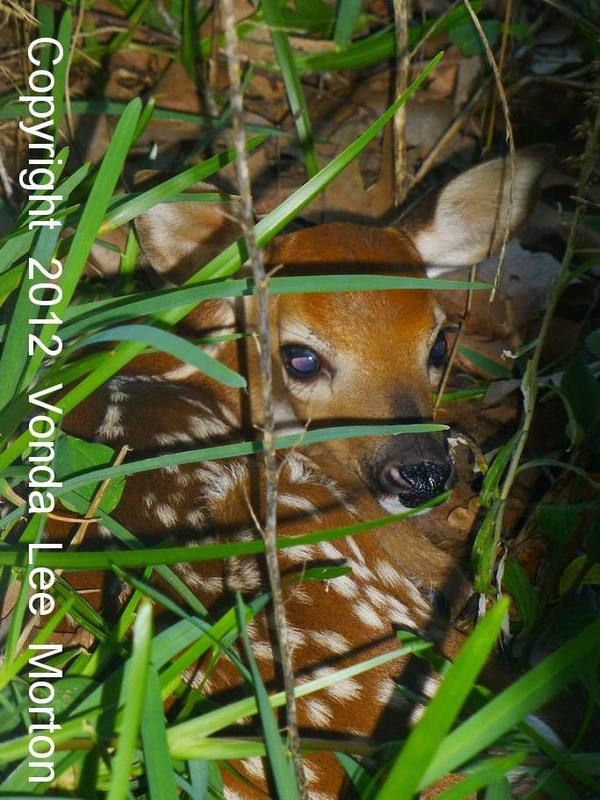
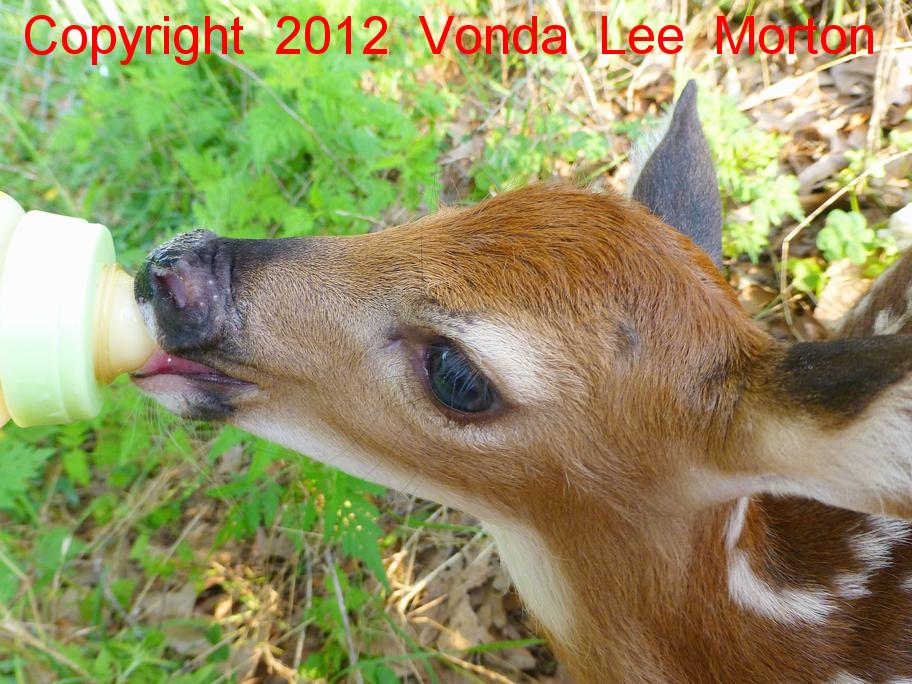
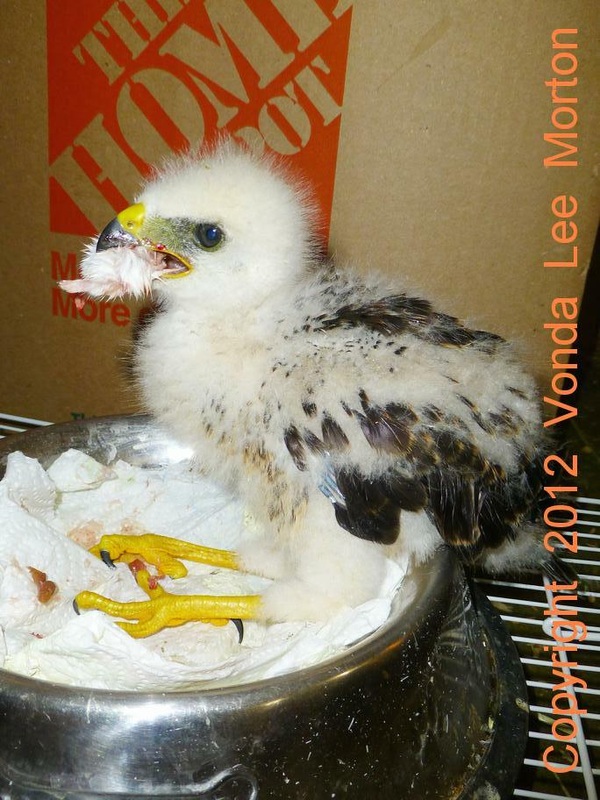
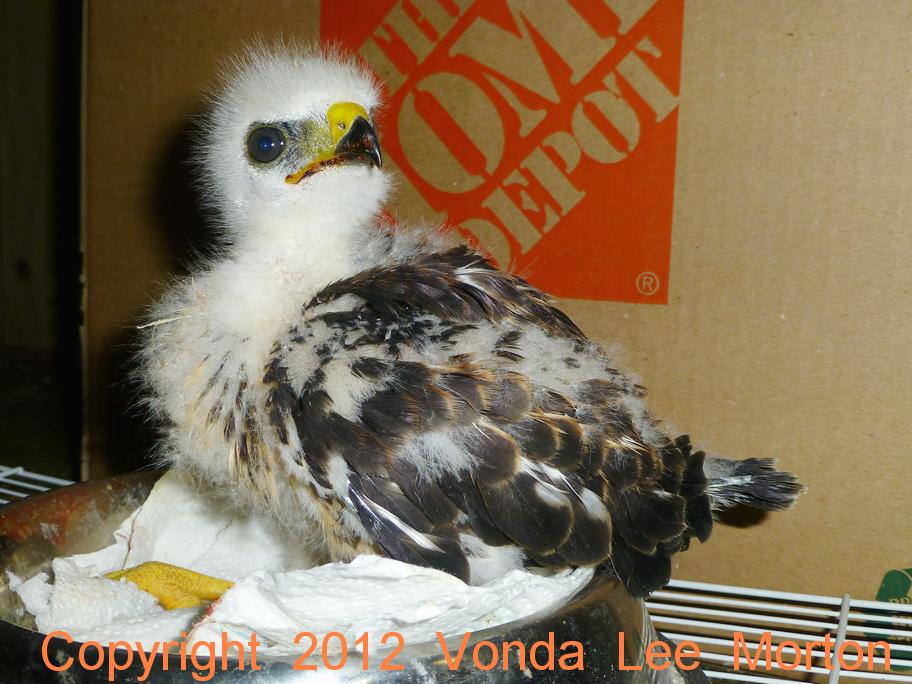
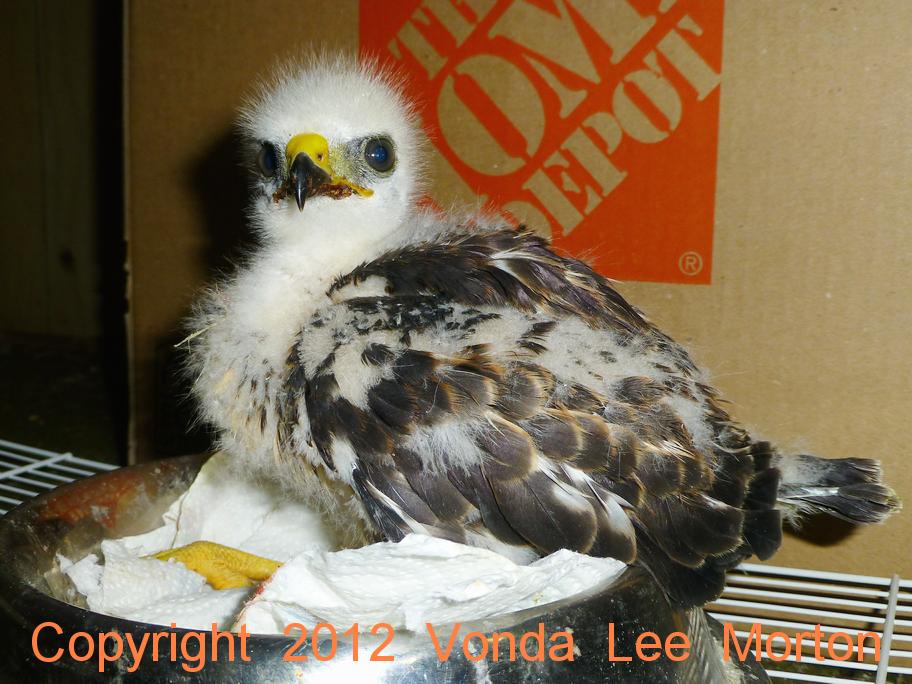
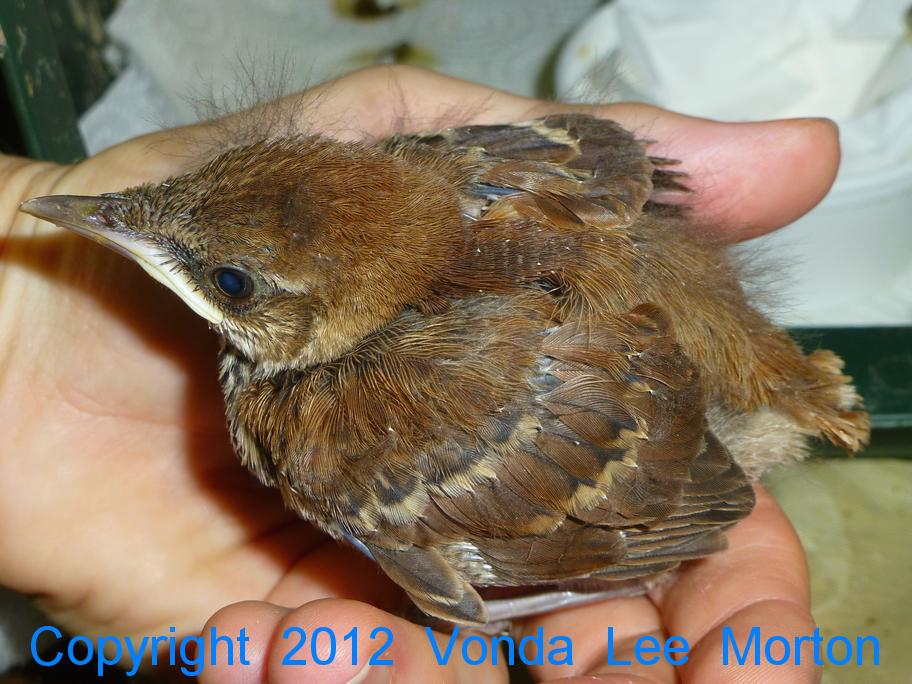
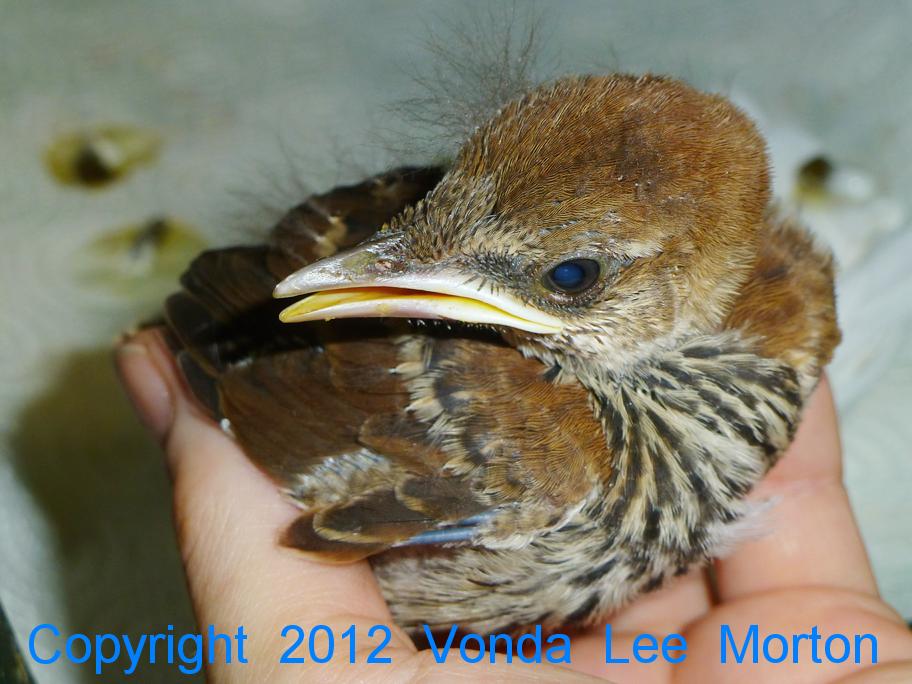
 RSS Feed
RSS Feed
